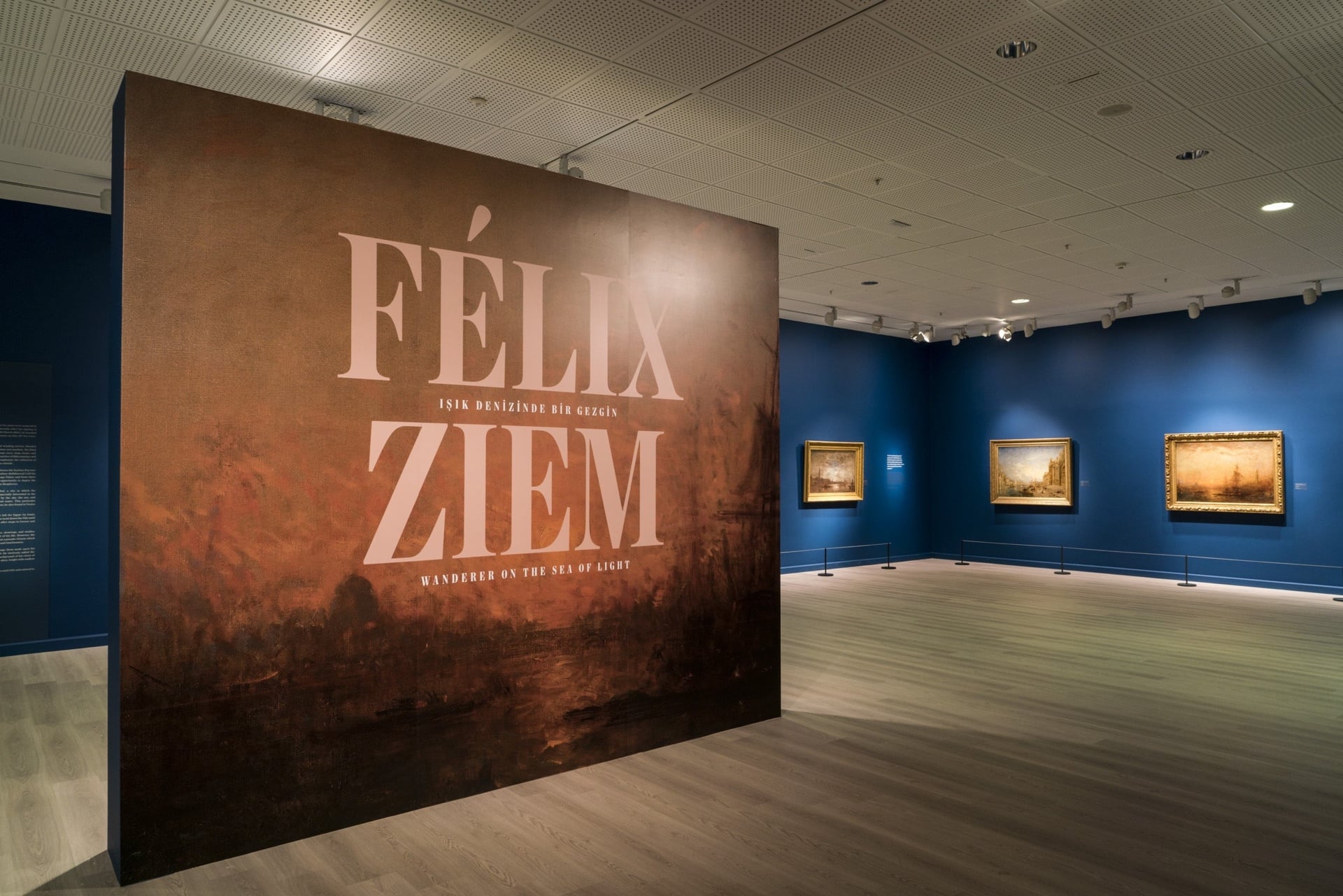Director: Ingmar Bergman
Cast: Bibi Andersson, Liv Ullmann, Margaretha Krook, Gunnar Björnstra, Jörgen Lindström
Sweden, 1966, 84’, black & white, Swedish with Turkish subtitles
Elisabet Vogler, the famous actress, suddenly falls silent during a performance of Electra one night, and never speaks again. She is first treated at a clinic, after which her doctor sends her away to the seaside, accompanied by a nurse, so that she can get some rest. The two women become friends. Elisabet’s silence moves Alma to open up and talk about herself. However, when it is revealed that Elisabet has reported her confessions to the doctor in a letter, a deep crisis ensues between the two. Regarding this film, Bergman said, “I believe I have gone as far as I could with Persona. I feel I have touched upon secrets that only cinema can reveal, in great freedom and without using words.” The film is ranked 17th among the best films of all times.
Trailer

Pera Museum presents an exhibition of French artist Félix Ziem, one of the most original landscape painters of the 19th century. The exhibition Wanderer on the Sea of Light presents Ziem as an artist who left his mark on 19th century painting and who is mostly known for his paintings of Istanbul and Venice, where the city and the sea are intertwined.
Tuesday - Saturday 10:00 - 19:00
Friday 10:00 - 22:00
Sunday 12:00 - 18:00
The museum is closed on Mondays.
On Wednesdays, the students can
visit the museum free of admission.
Full ticket: 300 TL
Discounted: 150 TL
Groups: 200 TL (minimum 10 people)